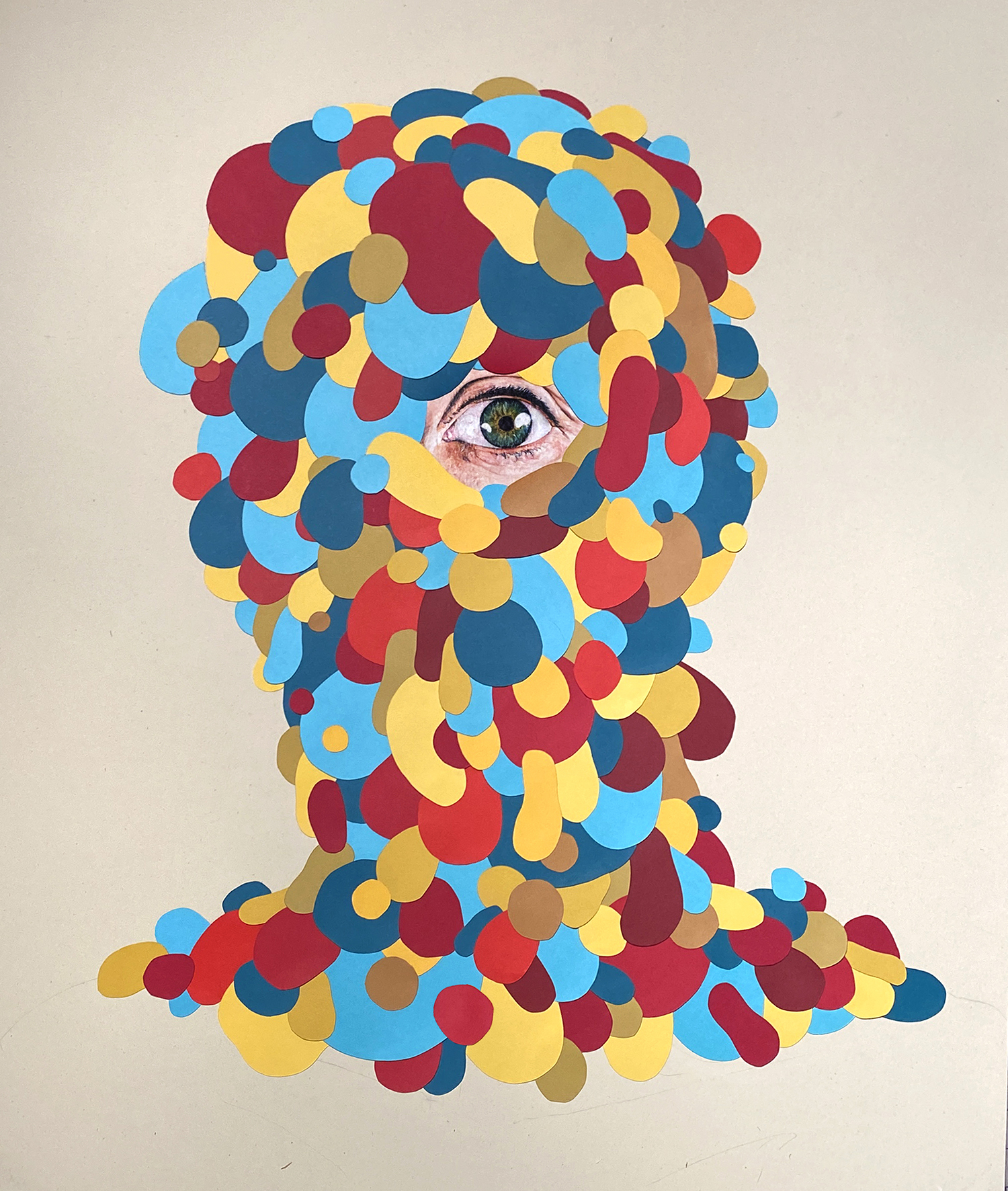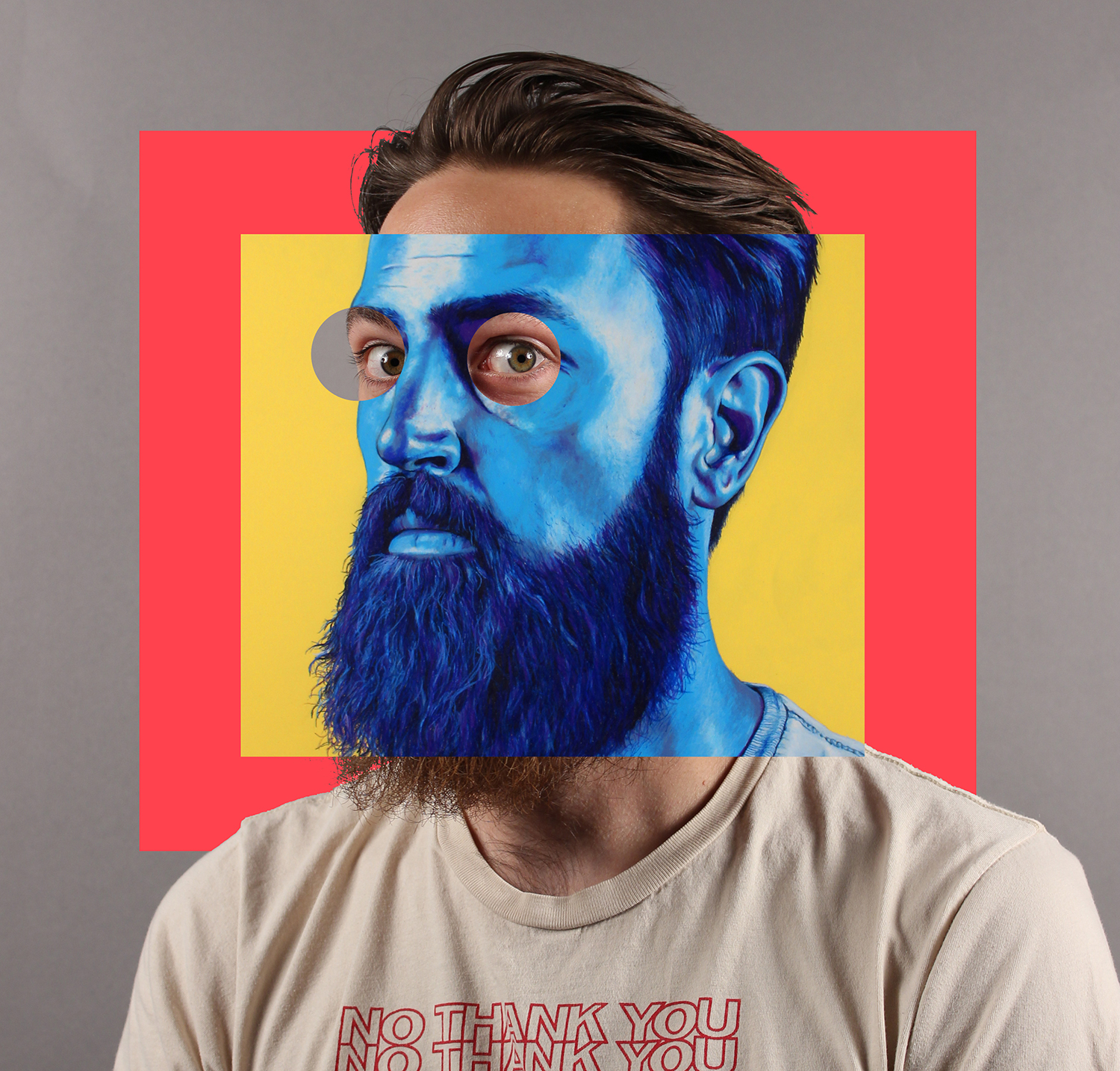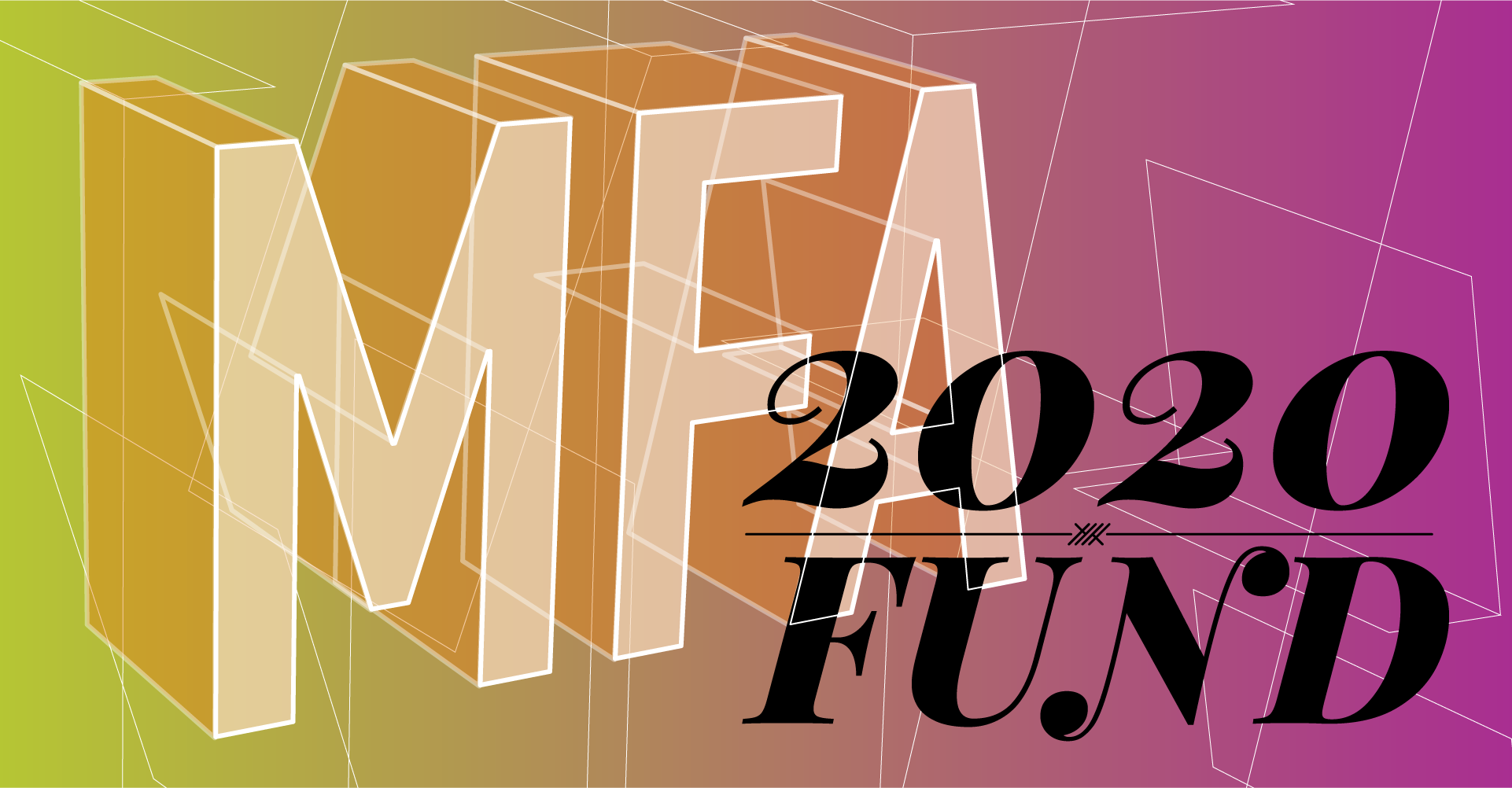Written by KAY HEINO
MCAD offers a very unique experience , when it comes to our MFA program. We offer the opportunity for the MFA students to be a part of a mentor and mentee program. I have had the pleasure to ask a few questions of a fellow cohort’s mentor, Russ White. Born and raised in the Carolinas with a formative stint in Mississippi, he received a BA in Studio Art from Davidson College and spent the next ten years in Chicago working as a high-end cabinet maker. Speaking with him has been a complete joy, even when I ask loaded questions. Below I will share our Q&A.
KAY:
Can you introduce yourself and what kind of art you make?
RUSS :
I am an artist, a writer, a designer, and an editor based in Minneapolis, and in my studio practice I work primarily in colored pencil drawings and mixed media collage. Right now I am focused on portraiture and figure study, formally trying to find a good balance between photorealism and abstraction.
KAY:
I saw on your website that you where a formal cabinet maker. I would still consider that art making but industrial art (I’m very sorry if that causes offense). Do you happen to have an opinion on the almost taboo nature of industrial arts in fine arts program?
RUSS :
No offense taken — it’s an interesting question. I agree, there is a lot of creativity involved in any kind of design work, whether it’s furniture-making or art direction or fashion. I’ve seen some amazing craft and design shows at art museums and some amazing art shows at woodshops, and there are many makers with the skills to successfully blur those lines between form and function. Some folks think of art and design as two different sides of the same coin. As a maker, a graphic designer, and an artist myself, I think of it more like a Venn diagram. Some aspects overlap; some don’t.
When I was packing up my studio after graduating from college, on my way out of the parking lot my sculpture professor leaned into the car window, tapped on the dashboard, and said, “This is what we’re competing with.” We live in a world surrounded by objects with a high level of design, craft, and finish, so as makers of things we should be mindful of that standard. Is that dashboard a work of art, though? Maybe, in the right circumstance. Is it a *compelling* work of art? That’s much more difficult.
It should be noted, of course: I would guess there’s a deep history of elitism involved in separating the academy (and the market) from the factories, and likely healthy doses of standard practice bigotry baked into these cultural assumptions we hold so dear. A good reason to keep asking these questions.
KAY:
I also saw on your website that you enjoy literature and writing as well. You were an editor of MPLSART.COM and were editor-in-chief of NEMAA’s In Studio magazine. Do you happen to see a relationship between the visual and literature arts in your practice?
RUSS :
Visual art, for me, is a way to communicate, to connect, and writing is the same. In writing about art, my goal is to help a reader connect with the artwork, the artist, or the exhibition in some way, to give them a way in to understand and engage with the work. It has also been my experience that art and writing are equally exploratory practices: with both a good drawing and a good essay, you don’t know what’s going to end up on the page until you sit down and do it.
KAY:
I know you have probably received many awards , but I would like to talk about one specifically. You received the MSAB 2018 and 2022 artist initiative grant. Do you have any advice for people seeking to apply to this in the future?
RUSS :
The State Arts Board grants are a fantastic resource for Minnesotans (for both artists and audiences). They are typically project-specific, so try to come up with a project you would like to fund, and think ahead about how you can plan on effectively sharing the work with an audience (a show, a workshop, a zine, something online, etc). Attend the workshops, email the staff with any questions, and read the sample applications they provide on their websites. Also looking through the list of past funded project descriptions will give you an idea of the scope of options. And take good photos of your work!
KAY:
And lastly I like to ask this question because I receive a lot of different answers. But as a soon to be graduating MFA candidate, do you happen to have any advice about things to think about for after graduation? (Ex. Keeping a practicing going , selling work, apply for grants)
RUSS :
Sure, the main advice is keep going. Don’t stop making things, even if they are small or digital or just for you. Keep your overhead low — find cheap studio space, work from home if it makes sense, pack a lunch every day — and make sure you can pay your bills every month however you have to. Engage yourself in a community of artists and art-lovers — every success I’ve had has come from community. Apply to lots of things — if you’re not getting rejected, you’re not doing your job. Learn what you can from those rejections, and keep going. And when other folks get those same opportunities, don’t feel envy, feel inspired. Keep going, don’t give yourself criticism you wouldn’t give a good friend, and try to remember why we started making art in the first place: this is supposed to be fun.

Russ White, Mentor; Wooly Bully, colored pencil and hand-cut collage, 32 x 24", 2021

Russ White, Mentor; Self Portrait (White Man), colored pencil, acrylic gesso, and house paint, 32 x 24", 2020

Russ White, Mentor; Katlyn, colored pencil on paper, 30 x 22", 2021



